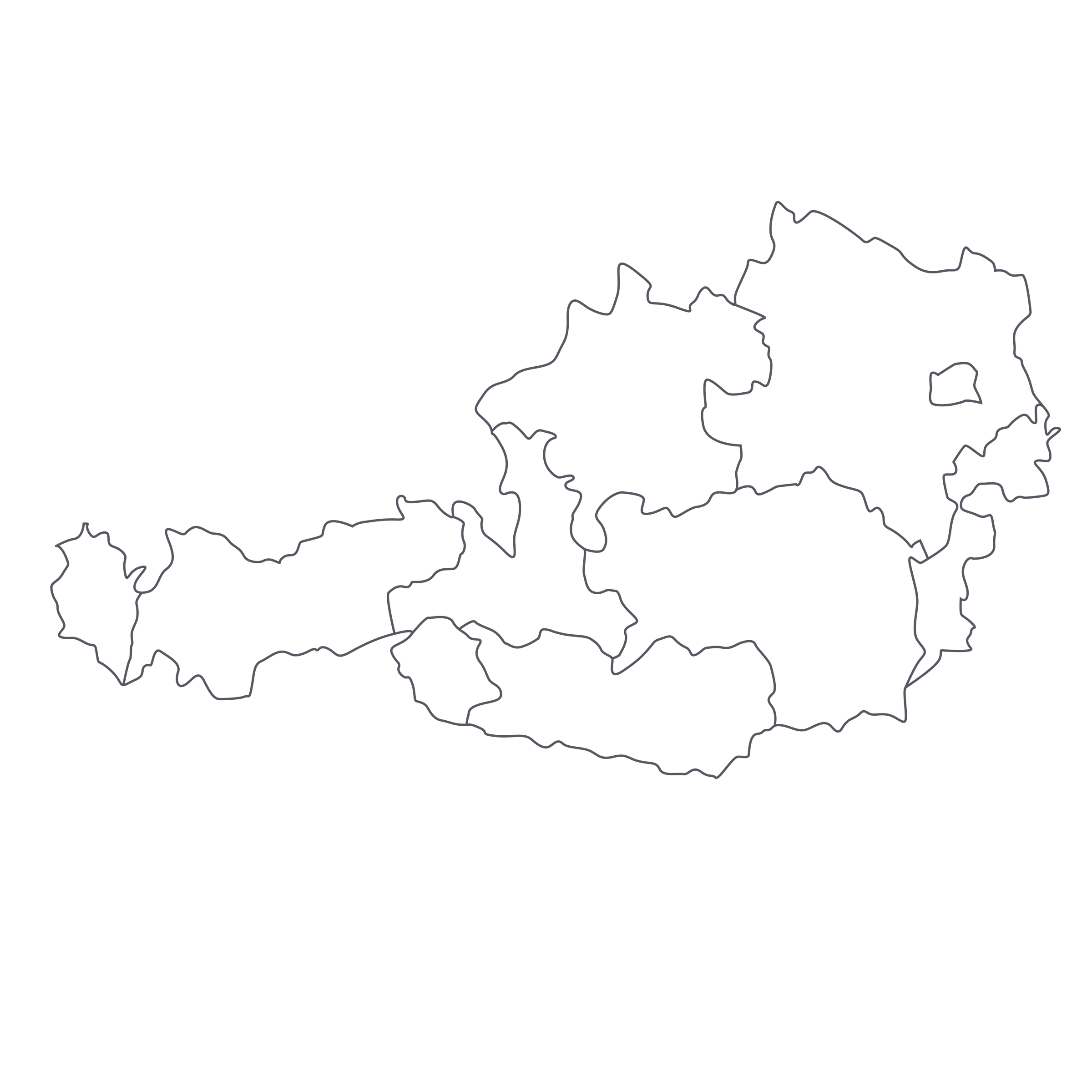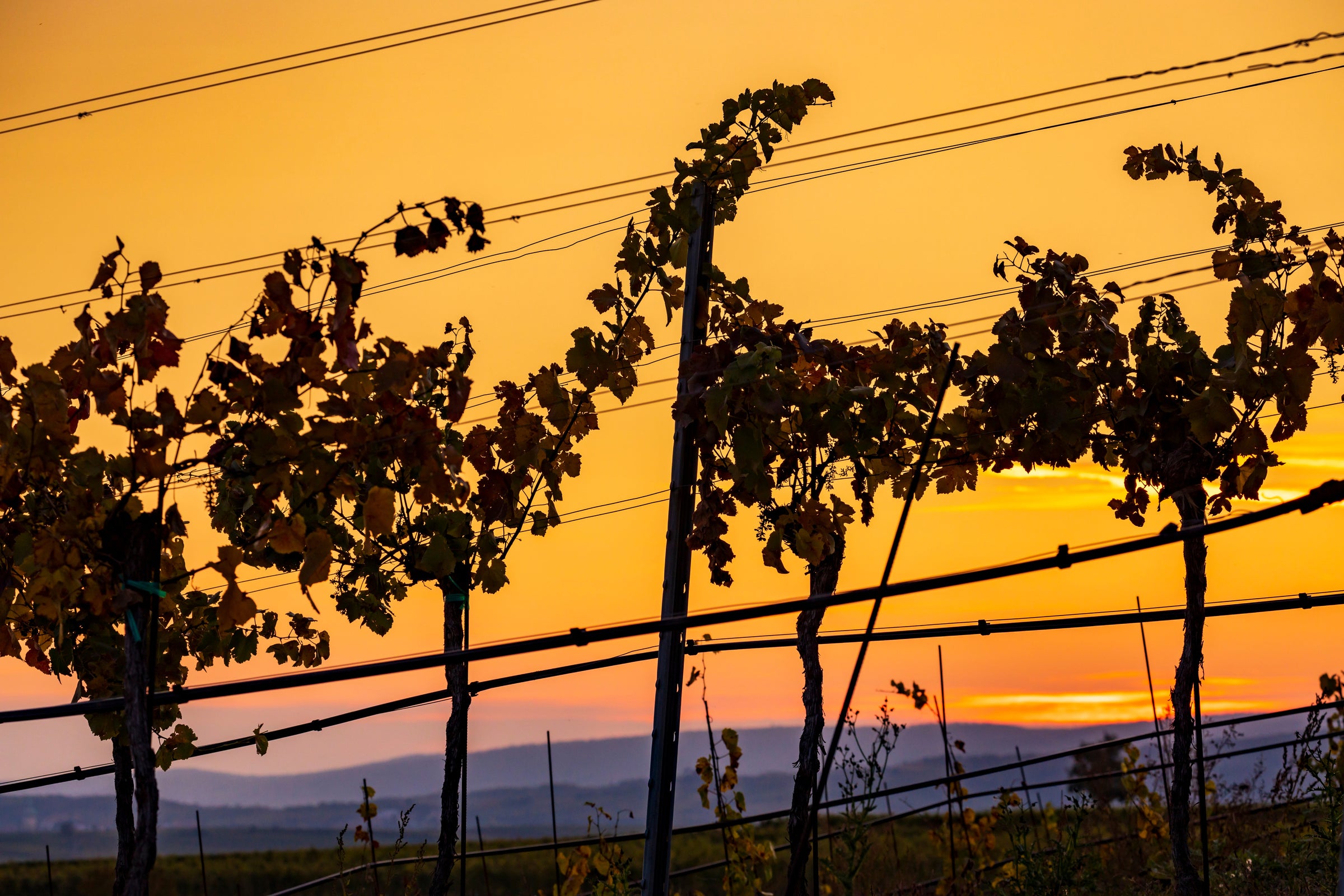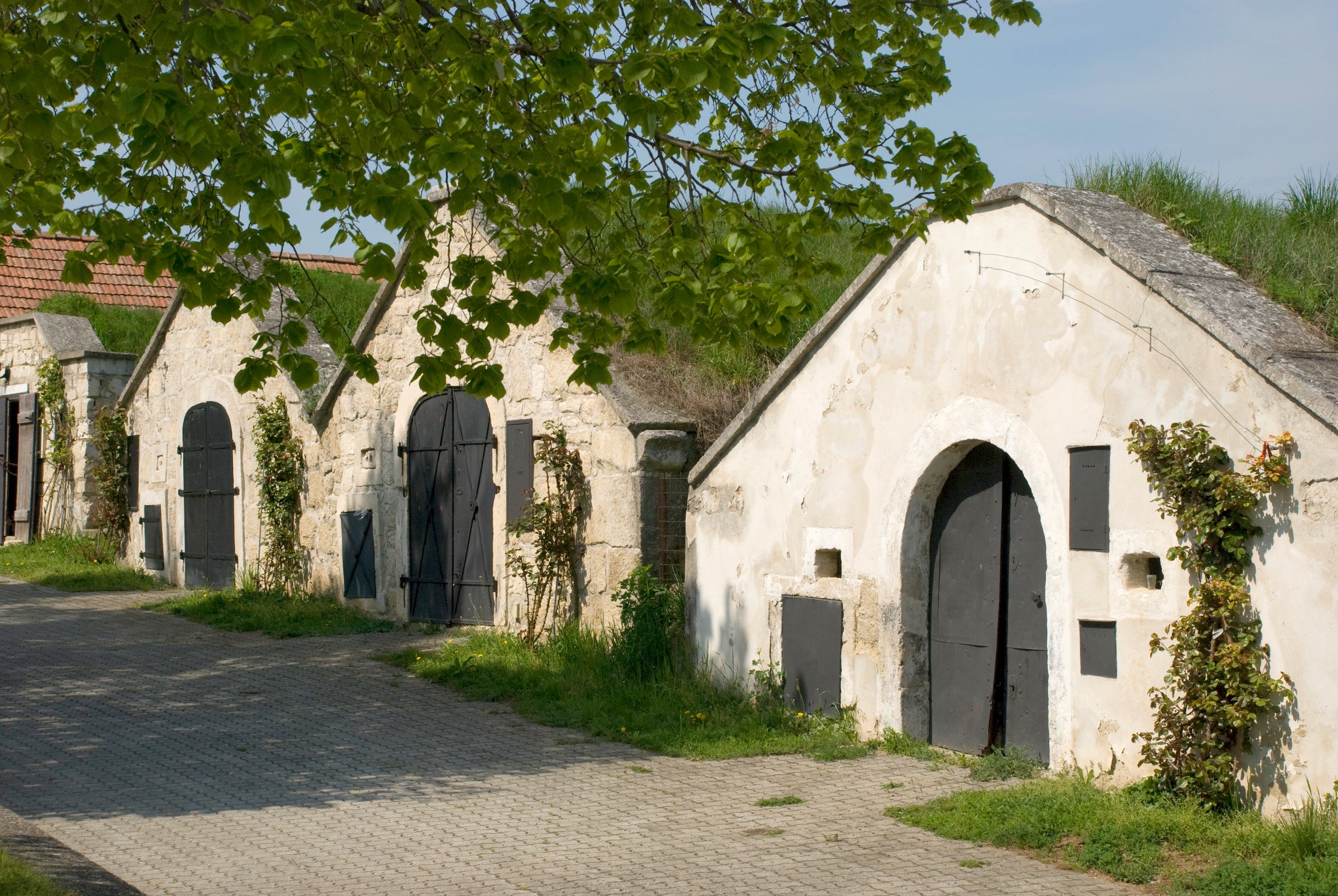There’s no better way to discover new wine talent than to ask a producer you already know and respect to share some of his or her favorites. A few years ago, I was lucky to walk—or, more accurately, climb—some of the vineyards of Austria’s western Wachau with Peter Veyder-Malberg, a dynamic, outspoken proponent of organics/biodynamics and a maker of sublime Grüner Veltliners and Rieslings from dramatically terraced vineyards along the Danube. It was Veyder-Malberg who introduced me to his friend and neighbor Martin Muthenthaler, saying something like, “look out for this guy, he’s the real deal.”
Both men farm pieces of the Bruck vineyard, one of the coolest, highest sites in the Wachau and a source of Muthenthaler’s 2014 “Vergelt’s Gott” (“Blessings from God”) Grüner Veltliner. This is such a memorable, deeply serious expression of this grape. Behind the simple, unassuming label—Muthenthaler does not bother with the Wachau’s “Steinfeder”/“Federspiel”/“Smaragd” ripeness classifications—is a powerful and ageworthy Grüner that belongs among the region’s elite. If you love Wachau Grüner like I do, and you want to try the best, you must not miss this wine.
We nicknamed Muthenthaler “the silent assassin” because he’s an introspective, unassuming guy making killer wines. He is largely self-taught, though he considers Veyder-Malberg a mentor, and only got in the game as a proprietor in 2006, when he took over about 3 hectares of vines that belonged to his parents (he spent some 20 years at the Domaine Wachau winery, though, as he notes in his biography, he was a trained mechanic who “kept aligned indirectly to winemaking by working as a driver”). His holdings are in Bruck—an incredibly steep site held in place by hundreds of stone walls—and a neighboring vineyard called Schön, both of them situated in the Spitzer Graben, a narrow valley off the Danube in the western part of the Wachau. Vineyards here are in perhaps the closest proximity to the Waldviertel forest to the west, source of cooling breezes that sweep across the greater Wachau region. Soils are a rocky, sandy mix of schist and the mineral-rich metamorphic rock known as orthogneiss, and everything Muthenthaler does in his vineyards is by hand—by necessity—and according to strict organic principles.
The “Vergelt’s Gott” bottling originally came to being in a difficult vintage for Muthenthaler (2013), when problems during the flowering period sharply reduced his potential yields, prompting him to create a blend from younger vines on both Bruck and Schön (although “younger” in this case means an average age of about 25 years). Apparently, the idea stuck, as the bottling returned in the vastly superior 2014 vintage—and it is a knockout. The wine was fermented in stainless steel using only indigenous yeasts, and aged in tank for an extended period on its lees (a Muthenthaler signature). To me, the wine has the richness of a Smaragd-level wine (the fullest-bodied of the Wachau hierarchy), but it is also lifted by electrifying acidity and penetrating minerality. This combination of depth and finesse is not easy to achieve; oftentimes I find fuller-bodied Grüners skew a little flabby and sweet these days. Not so with this wine. Not even close.
In the glass, the 2014 “Vergelt’s Gott” is a deep and reflective straw-gold in the glass, with slight green flecks at the rim. The aromas are assertive and deep: green apple, green papaya, lime skin, white pepper, radish, and a hint of fresh cream (a product of long lees aging) all fill the air, carrying through onto to palate. The wine is superbly structured, with a lush wave of fruit and crushed-stone minerality framed perfectly by refreshing acidity. It’s always exciting to taste a wine that is simultaneously rich and electric like this one. If you’re enjoying it now, decant it about 45 minutes before serving in all-purpose white wine stems at 45-50 degrees (not too cold, or you’ll dampen the expressive aromatics). There are still many years of great drinking in this wine’s future, however, and I wouldn’t hesitate to lay some down; I’d expect it to enter its peak drinking window around 2020. Check it out with a classic
wienerschnitzel drizzled with lots of lemon; it’s got the stuffing to handle it. Enjoy!






